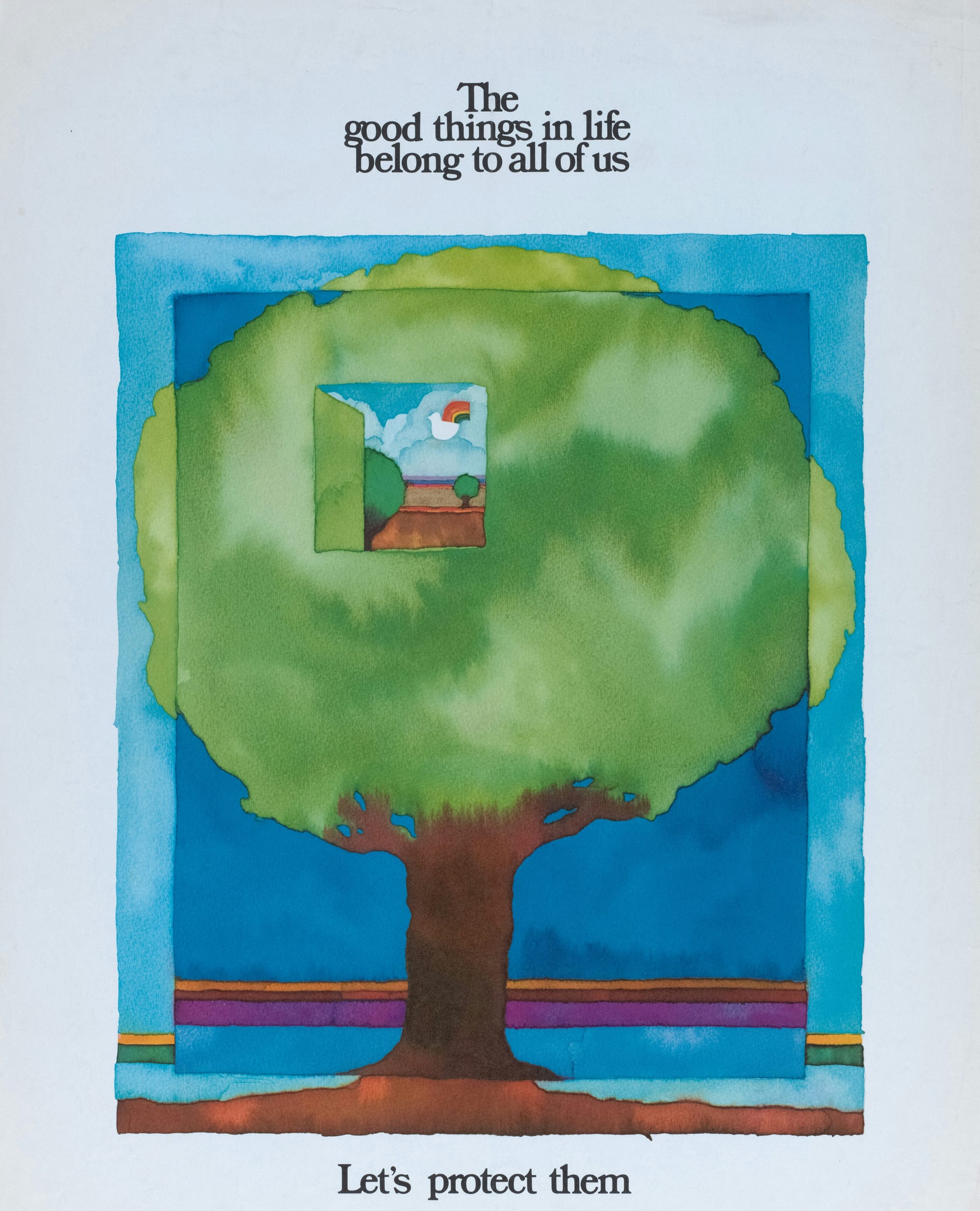Have you ever walked into a store and been instantly drawn to a particular product or brand? It wasn't just the functionality or price tag, was it? More likely, something about the design – the logo, the colors, the overall aesthetic – resonated with you. This, my friend, is the magic of effective branding design.
Introduction: Why Branding Design Matters
In today's crowded marketplace, differentiation is key. Branding design is the strategic use of visual elements to create a unique and recognizable identity for your business. It's the story you tell the world about your brand, the emotions you evoke, and the values you represent. A well-crafted brand identity goes beyond aesthetics; it's a powerful tool that can drive sales, build customer loyalty, and solidify your position in the market.

Unveiling the Secrets of Successful Selling Design
So, how do you create branding design that sells? It all starts with understanding your audience and what makes them tick.
Understanding Your Target Audience: Who are you trying to reach? What are their needs, desires, and pain points? By stepping into your customer's shoes, you can tailor your design to resonate with them on a deeper level.
Defining Your Brand Values and Voice: What core principles define your brand? What makes you unique? Imagine your brand as a person; what would their personality be like? Articulating your brand values and voice helps create a consistent and authentic message across all design elements.
Crafting a Compelling Brand Story: Every brand has a story to tell. Is it about overcoming challenges, empowering innovation, or fostering a sense of community? Weaving your brand story into your design creates an emotional connection with consumers, making them more invested in your brand.
Visual Storytelling: The Power of Design Elements
Now, let's delve into the visual language of branding design.
Logo Design: The Face of Your Brand: Your logo is the cornerstone of your brand identity. Think of it as your visual handshake – a memorable symbol that captures the essence of your brand.
Color Psychology: Choosing the Right Palette: Colors evoke emotions and have the power to influence purchasing decisions. Understanding color psychology helps you choose a palette that aligns with your brand values and resonates with your target audience.
Typography: The Language of Your Brand: The fonts you choose speak volumes about your brand. Opt for typography that complements your logo and overall design aesthetic, while remaining clear and easy to read.
Imagery: Evoking Emotions and Experiences: Images are powerful storytelling tools. Choose high-quality visuals that reflect your brand values and connect with your audience on an emotional level. Like a brand mood board, design is the most important part of branding and requires a lot of money and time. Introducing the secret template I discovered after investing over $10,000 in branding and design.
Branding design discovered after losing $10,000
Download this e-book and template. Even if you know nothing about design, you can DIY everything in 3D/FOOH/VIDEO/AI design to create a brand design.
Designing for User Experience (UX)
Branding design isn't just about aesthetics; it's also about creating a seamless user experience (UX).
Building Brand Consistency Across Platforms: Consistency is key to building brand recognition. Ensure your branding design is applied consistently across all platforms – your website, social media channels, packaging, and marketing materials.
The Importance of Usability in Branding Design: A beautiful design is useless if it's difficult to use. Your website, for example, should be user-friendly and navigate intuitively, making it easy for customers to find the information they need and complete desired actions.





